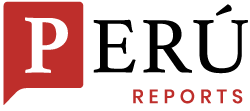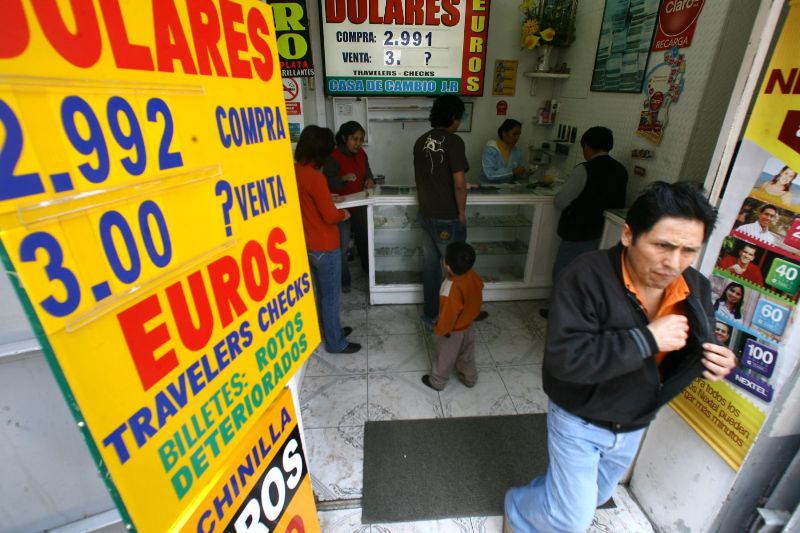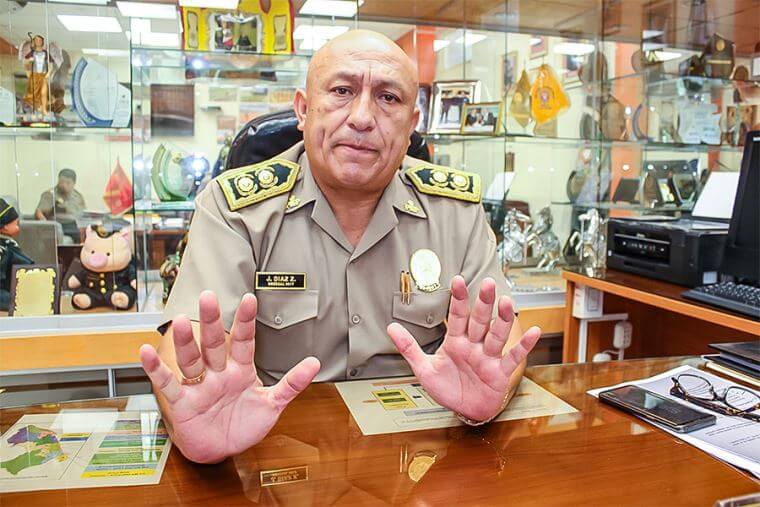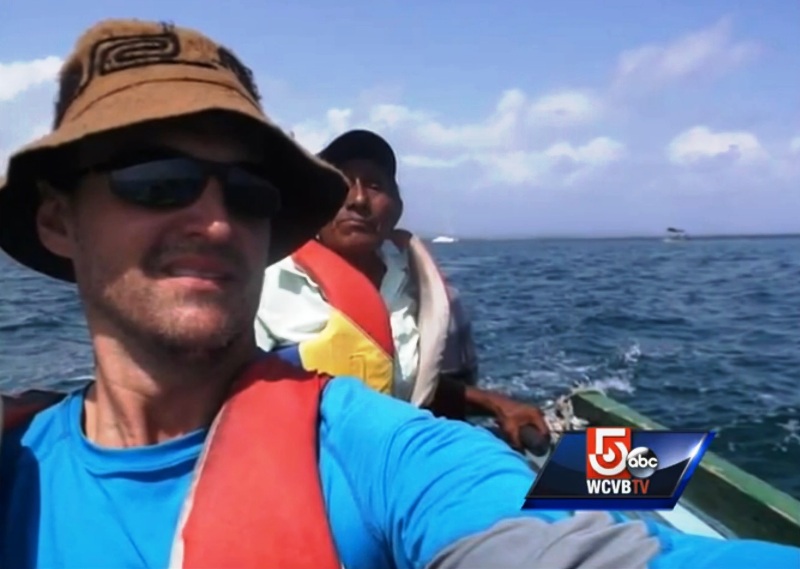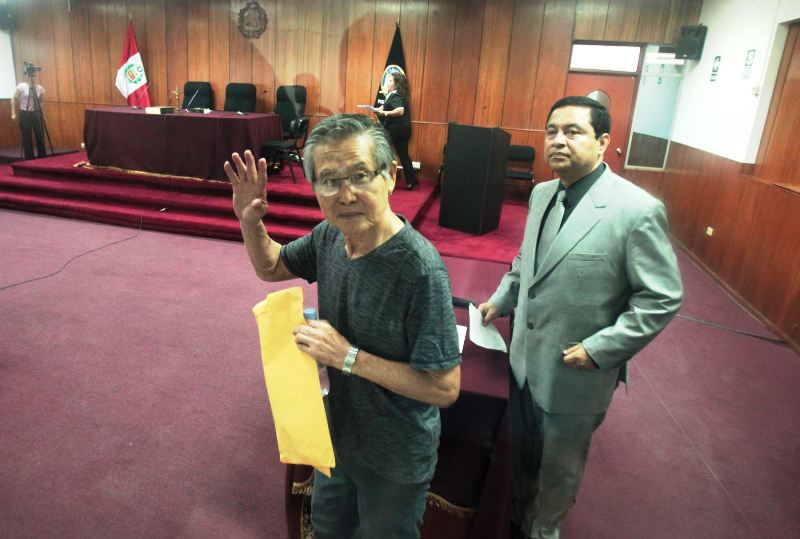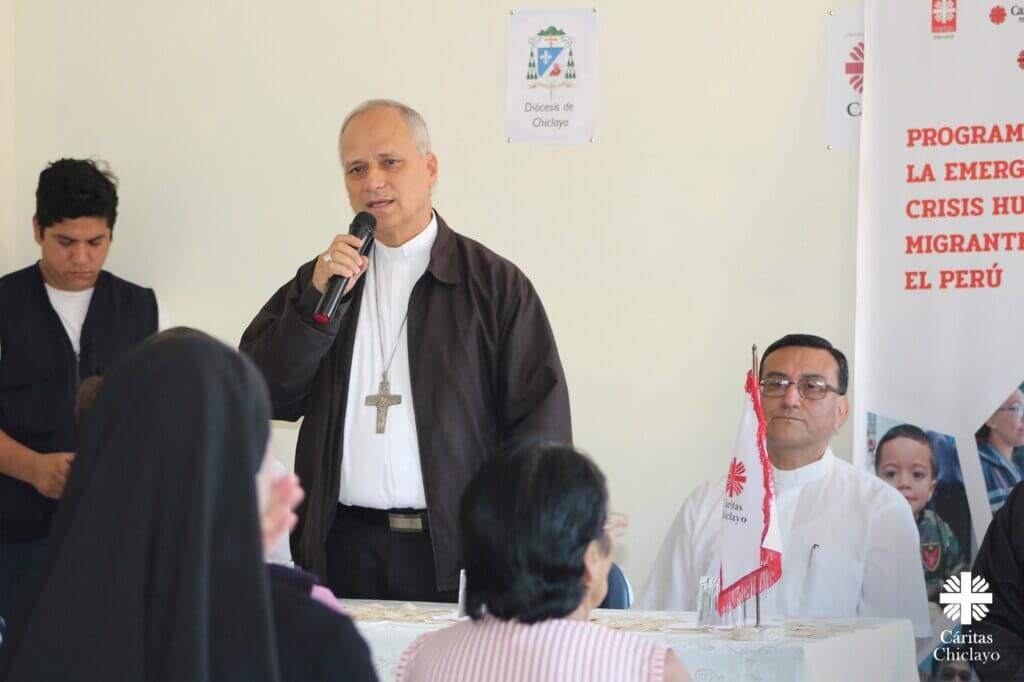Peru enacted a new law which requires exchange houses to report customer information and other data on large transactions of foreign currency.
The Financial Intelligence Unit (UIF) of Peru’s Supervisory of Banking, Insurance and Pensions (SBS) will supervise compliance of the new regulation scheme called the Money Laundering and Terrorism Finance Prevention System.
All currency exchange houses were required to register with the UIF this month for training and in anticipation of implementing the new law. Each institution must have a compliance officer registered with the UIF.
The new law requires customers looking to exchange between $200 and $5,000 to show identification. For exchanges greater than $5,000, exchange houses must obtain a sworn affidavit from the customer stating his personal information as well as company name and third-party data if applicable.
The law defines “politically exposed persons” who will have additional reporting requirements. Politically-exposed persons include politicians and executives at large or multinational companies.
The law also defines “suspicious transactions” which must be reported to the UIF within 15 days. Suspicious transactions include amounts deemed uncharacteristic of a client’s business or featuring high-risk customers.
High-risk customers are defined as legal nonresidents in Peru, unregistered companies, trusts, relatives of politically-exposed persons and companies in which politically-exposed persons own a 25% stake.
Financial houses will report suspicious transactions via a ROSEL database set up by the SBS. The new requirements for currency exchange houses take effect on March 1, 2016.
The SBS recently disclosed that it had reported 3,000 suspicious transactions worth $8 billion among financial institutions to police and investigators since 2010. The financial regulator attributed 44% of that to illegal mining, 31% to drug trafficking and 7% to corruption, with the rest stemming from contraband, tax evasion and more.
The country has recently seen several high-profile corruption cases featuring money laundering including Rodolfo Orellana, Martin Belaunde and Gerald Oropeza. Prosecutors are investigating first lady Nadine Heredia as well as former presidents Alan Garcia and Alejandro Toledo for money laundering.
Some experts have estimated that illegal industries may make up 3.5% of Peru’s GDP. Small businesses such as hotels and casinos are often used to conceal the source of black-market cash.
Sources
RESOLUCIÓN SBS N° 6426-2015 (El Peruano)
Publican norma para prevención de lavado de activos en compra y venta de divisas (Andina)
El 23 de octubre vencerá plazo para registro de casas de cambio (Andina)
¿Qué actividades generan más reportes de operación sospechosa? (El Comercio)
Peru Sees Growth in Money Laundering (InSight Crime)
Peru Seizes $1 Bn in Assets from Leader of Massive Crime Ring (InSight Crime)

